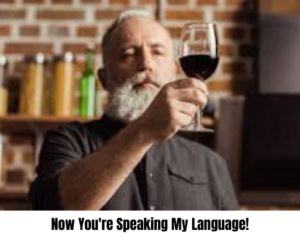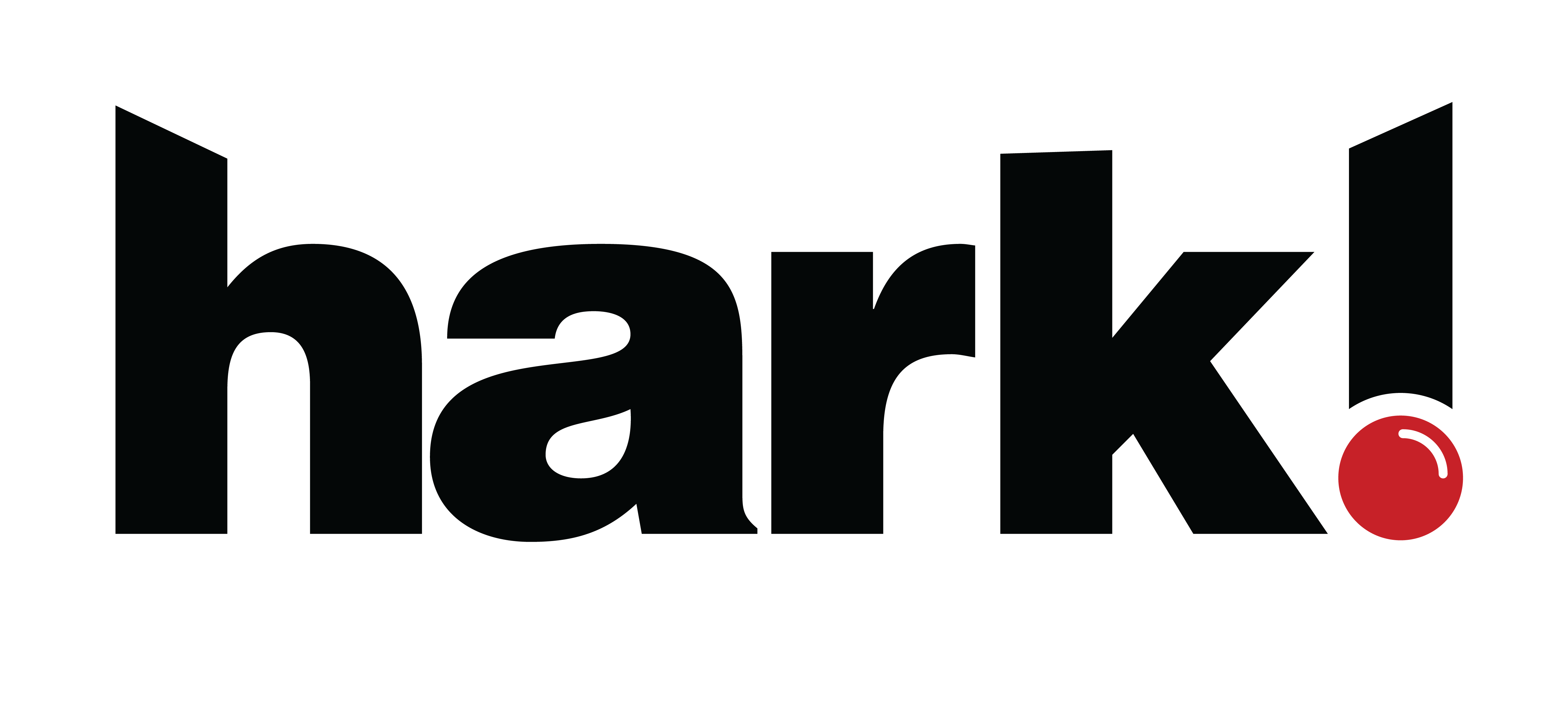
3 Tips to Copywriting Success!
It’s all too easy to push copywriting skills aside when you are in midst of launching your new product or service! When your list is longer than a line-up outside Walmart on Black Friday, you ain’t worried about some dang words! Too many things to do; shiny objects, beeping notifications, ego-based metrics, research rabbit holes, time-sucking infomercials and the must-have technologies!
Buuut, when all those attention-grabbers go away and you’re finally ready to go, you realise that copy is the first thing you needed!
Think about it, you got that:
- social media post
- company description
- company goals
- product description
- website
- blog
- first proposal
All waiting for some good ol’ copy to bring it to life so you can hit “publish” and officially launch!
Then it slowly starts to sink in – nothing – Tumbleweed City – a big ol’ goose egg!
How are you gonna launch without copy?
Copy is the key to communicating your entire message to your audience. It’s how you show them that you’ve got what they need.
So, how are you gonna do that? Register for a degree in literature? Ask your Mom? Hire a copywriter? (that’s a good idea!) Or try it yourself?
Well, if you got a little time, we encourage you to grab a coffee and delve into these three simple copywriting tips below.
You’ll be surprised at the hidden author you have inside!
Of course, if this still doesn’t work out, get in contact with Hark! and we’ll battle the word gods for you.
1. Speaking My Language

The first thing to understand is how your customers talk. Research your customer reviews and feedback. That will tell you what they’re saying and how they’re saying it. Make note of how they ‘talk the talk’ and use that style to ‘connect’ with them.
Language (unlike emotion) is not universal. Pay attention to the way other people say things. Sometimes you’ll want to borrow. Sometimes, you’ll think of how you’d say the same thing, and it’ll be very different. Look at their tone, what moves them, what makes them jump for joy or turn red with rage. Understand how they express their emotions and speak to them on this same level.
Lit Legs?
A good example of showing how this works, is by looking at how an Aristocratic Wine Connoisseur and a Gen X-er describe a glass of really good wine.
-
- Aristocrat: “The legs on this Cabernet are making it go down famously well.”
-
- Gen X-er: “This vino is lit.”
Both are very acceptable ways to describe a glass of wine within the context of each other’s social groups, but not really to each other. They are not speaking the same language, so to speak.
So if you are feeling stuck in your writing, remember the glass of wine, a pair of “Lit Legs”, and ask yourself if you are speaking your audience’s language.
I promise this works :).
2. Keep it Real

Complex words and power phrases can cause audiences to switch off. If it doesn’t resonate with them they’re gonna lose interest faster than you can say Skippyjon Jones.
Keep your copy clean, tight and simple.
Fluff Off
One way to do this is to ‘keep it real’. Use real life experiences and examples. Nothing is as authentic (or as shocking) as the truth.
Clip off the fluff and ‘extra’ and remember that less is more.
A great tip for achieving this, is to write like you would talk to a dear friend – sincerely, compassionately and with a little humour.
You want to inspire people to say “yes”. So they gotta know you’re real first, and not trying to feed them some fluff!
Here’s a great quote to reinforce this message for you:
“Marketers have a tendency to try to abstract their messages to the point that everything can be said in two to six commonly used words, which somehow gives us the comforting sense that we’ve created a polished marketing message. As if that’s the goal. Let me leave you with this: polish doesn’t convert.” – Joanna Wiebe
If you are feeling stuck on this one, remember the rule of writing copy that communicates, connects and converts, and that should help to keep you on track.
3. Do What it Says on the Tin

Good copy will cut through the noise and provide clarity and comfort to the customer as early on as possible.
Don’t leave ‘em hanging around, scrolling endlessly to find out what it is that you’re actually offering.
Consumers have less time (and attention spans) than ever before.
Aim for the “aha”, not the “ahno”
The moment you give clarity to their need is the moment your customers will have the “aha” moment.
Alternatively, the moment you get all long-winded and complicated, is the moment your customers will have the “ahno” moment, and move on to the next thing.
You need to aim for the “aha” moment.
Do what it says on the tin.
There’s one particular ad I love that really showcases this point! The Ronseal Woodstain advert from 1994. It’s strapline “does exactly what it says on the tin” was a huge hit and earned the brand its place as market leader for decades. This key phrase has become somewhat of a model for which many marketeers look toward today to achieve similar success for their brands.
It cuts the fluff, and gets straight to the point; communicating a clear message, fulfilling a real need, and speaking the language of it’s customers.
Wrap
So there it is, 3 tips to copywriting success!
Try them out and let us know your thoughts and challenges in the comment section below.
And of course, if you’re still not feeling like you can wrap your head around it or simply don’t have the time, get in touch with Hark! and we’ll be happy to help you out!
With much love and motivation,
S_XO




